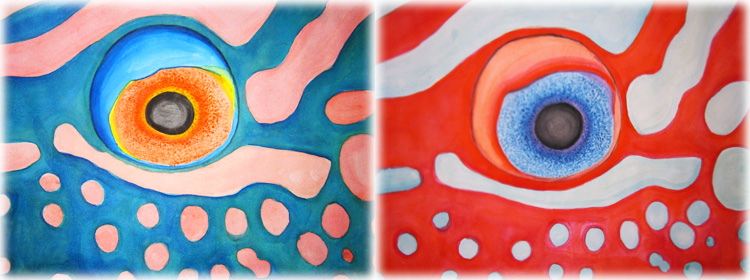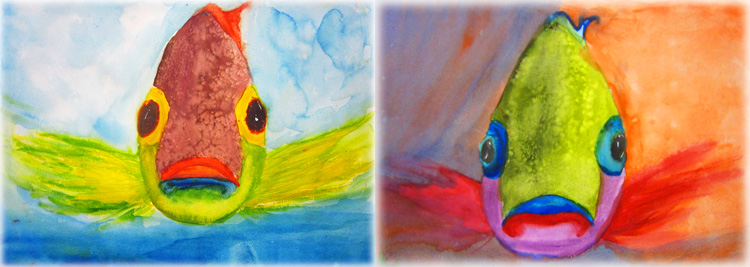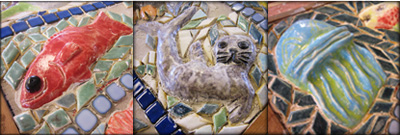Pinch Pots

Pinch Pots are almost always one of the first projects in any Ceramics class because they help students learn some of the most fundamental skills needed for both hand-building and wheel-throwing. The artist begins with a wedged ball of clay, inserts a thumb by pressing into the center, and pinches the walls of the pot while rotating and smoothing. Sounds easy? Surprisingly this takes quite a bit of practice!
Once my students had successfully created a pinch pot, I asked them to add something to it in order to add interest. That “something” was up to them (as long as there was no trapped air to create an explosion), and it was wonderful watching the original pots transform under the influence of their imaginations!










